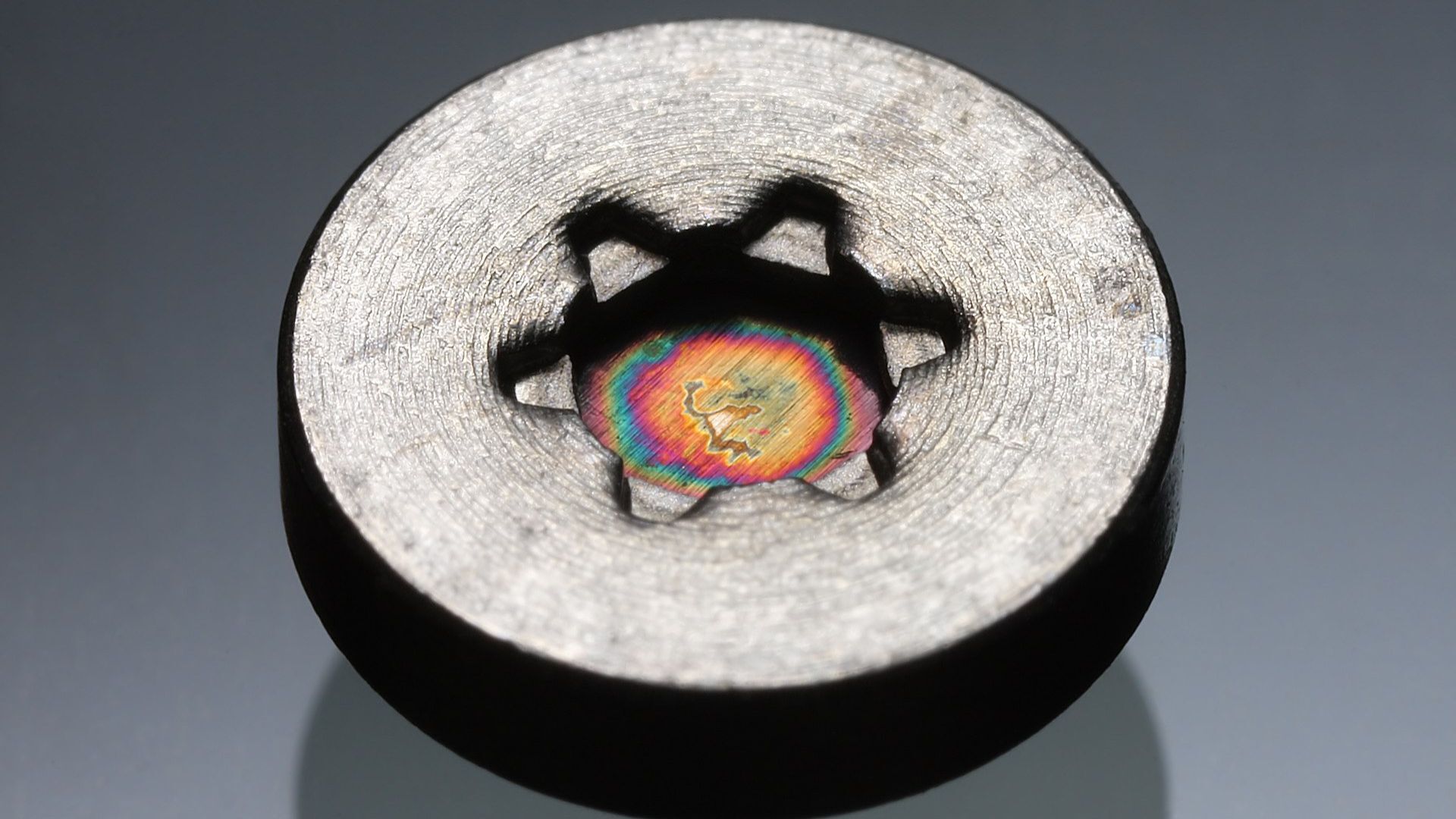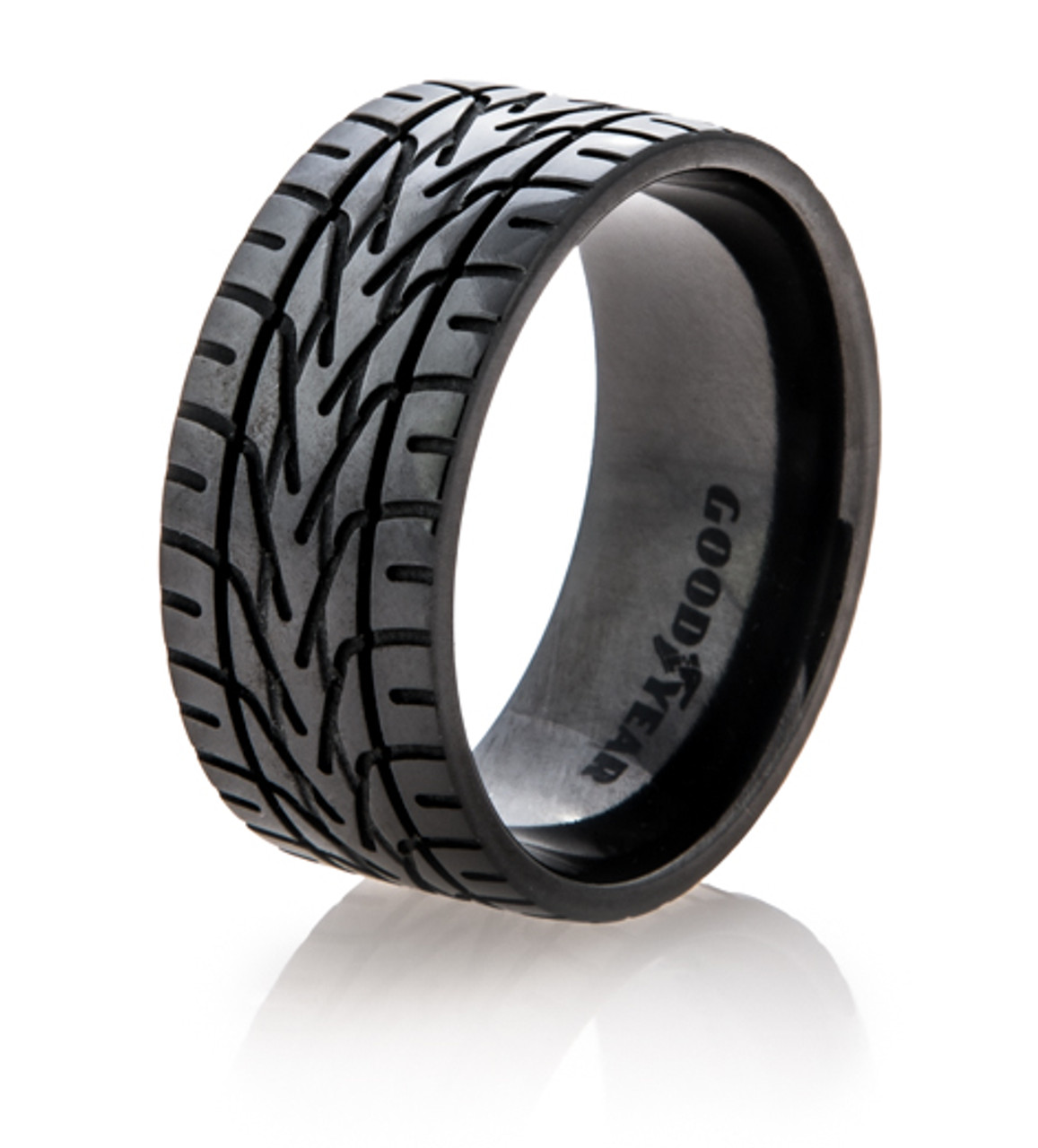“The isotope of interest for space is americium-241…Its half-life is a staggering 432 years, five times longer than plutonium-238.”
It also costs about 10 times as much as gold. Still actually cheaper than Pu-238 though but hard to put a price on Pu since it isn’t for sale.
As an alpha emitter it is as dangerous as Polonium but it doesn’t dissolve in water. It is easily shielded but if it gets in your body it causes lots of damage, similar to Plutonium.
10 times as much as gold
To -make-, yep. As the article pointed out, there’s a lot of Amercium in waste dumps where old smoke detectors … and anyone can make it. Five times the half-life means it can power much longer missions.
With an atomic number of 241, it’s hardly small.
Yes. And also:
Its half-life is a staggering 432 years, five times longer than plutonium-238.
Cringe…
AI slop?
Cringe…
AI slop?
Plutonium-238’s half-life is 87.7 years, Americium-241 is 432.6 years. Which… is almost 5 times longer, so… not sure why that’s cringe?
With an atomic number of 241, it’s hardly small.
I believe they’re referring to the fact that it’s not an element of major topic. This is the first time I’ve ever heard of it.
I think this could be compelling given that tech continues to get more power efficient. I don’t know the numbers, but if we were to launch the same tech that’s on Voyager 1/2 today, would we be able to do that with 1/5 the power? If so, those probes could likely still have all their instruments running if they used Americium.
isn’t this the same element found in older smoke detectors?
That it is!
Yes.
Shout-out for The Radioactive Boy Scout. (RIP)
Yep, and it’s still used in some new ones.
In the UK, large stocks of civil nuclear waste contain significant quantities of americium-241. That makes the fuel not only long-lasting but also readily accessible. Instead of building new reactors to produce plutonium, agencies can extract Americium from existing waste, a form of recycling at a planetary scale.
Using it seems way more preferable to just letting it sit in casks.
Traditional RTGs utilize thermoelectrics, which are reliable but inefficient, often achieving only five percent efficiency. Stirling engines can convert heat to electricity with an efficiency of 25 percent or more. […] Stirling engines introduce moving parts, which also raises reliability concerns in space. However, Americium’s steady heat output enables RTG designs with multiple Stirling converters operating in tandem. If one fails, the others compensate, preserving power output.
That seems a little ridiculous though. All that friction requires a lube that’ll last “generations.” In space, without gravity, and at incredibly low temperatures.
Good point on the lubricants, but given the potential profits, it’s already being worked on. https://www.nyelubricants.com/space
Well, not at low temperatures, stirling engines still need heat.
My understanding of space engineering is that getting rid of heat is a bigger problem. Makes me wonder how much of efficiency of Stirling engines are lost due to extra weight and complexity for heat exchangers and radiators.
Yeah, but there are many good options. Magnetic alignment can keep things from touching most of the time, maintaining very good movement without friction. Graphite is a great lubricant and works even in very cold environments, not to mention it will not be all that cold given the heat passing through the system. Redundancy is also a big part of the design, making failures much less impactful. And using sterling engines for the highest draw part of the lifetime of a probe with peltier style generators there for later would allow a failover to a solid state system at lower efficiency.
Sterling Engines are usually piston driven, no? I’ll admit, I’m not up to snuff on alternative designs of the Sterling engine.
Magnetically aligned or not, you still have to seal the piston to the chamber to stop blow-by. Friction and lubrication would still come into play, wouldn’t it?
You think thermoelectric generators are going to struggle with low temperatures?
If there’s one thing we can practically guarantee, it’s the heat output lol
I’m not an engineer in this space, so i’ll leave it to more knowledgeable people to poke holes in my argument.
I’m not an engineer in this space
I see what you did there.
Not thermoelectrics, but sterling engines. But fair point about the heat.
Voyager I and II are 48 years old running on thermoelectric generators. that’s amazing. They are winding down because the half life of plutonium means there is much less power than when new.
I can see future probes lasting even longer with americium as a fuel source
But introducing moving parts for a sterling engine? In space? And expect it to last like that? Seems unlikely







